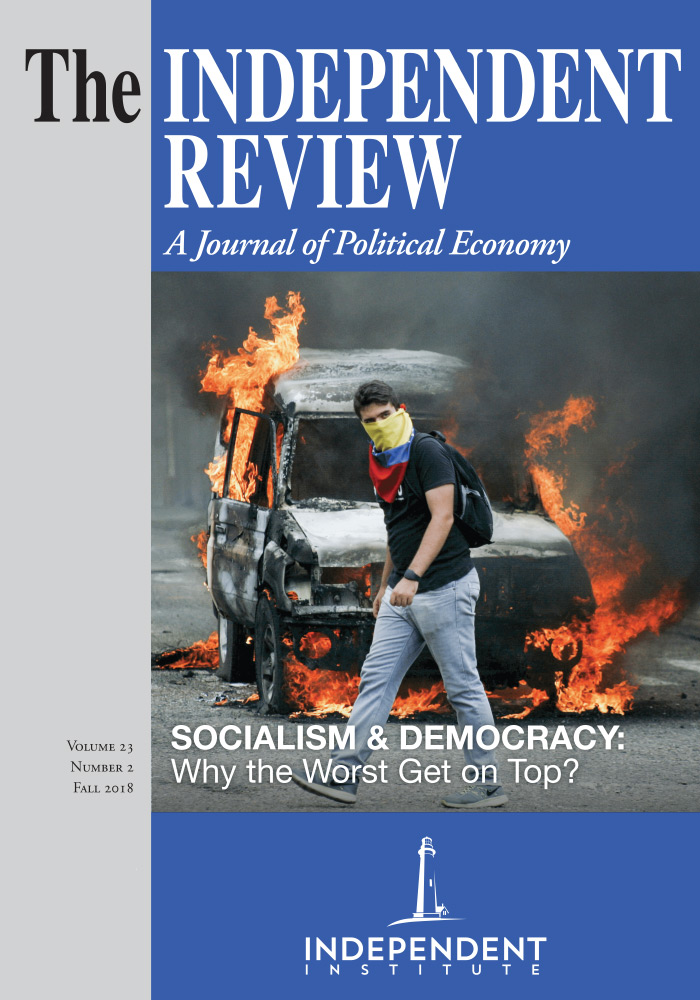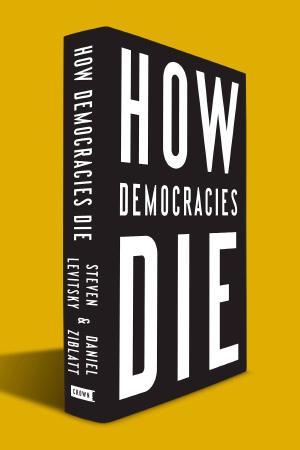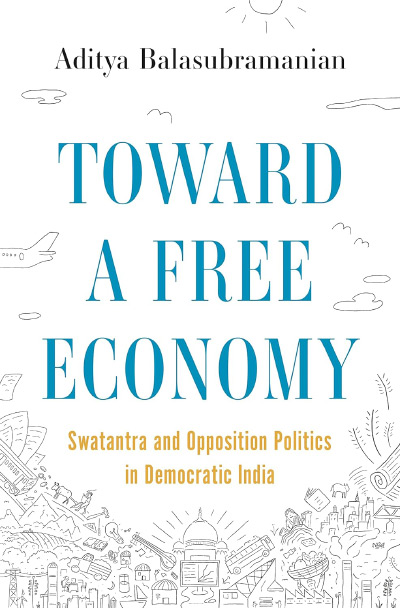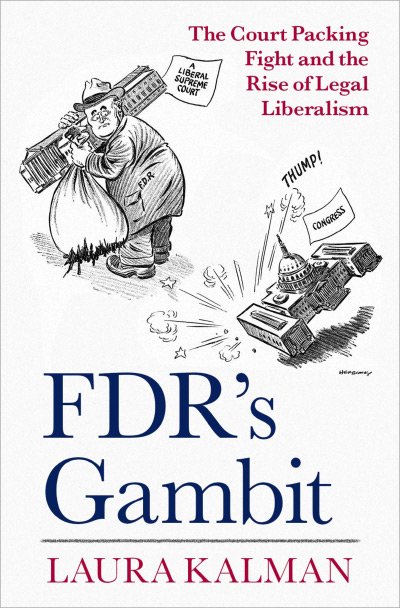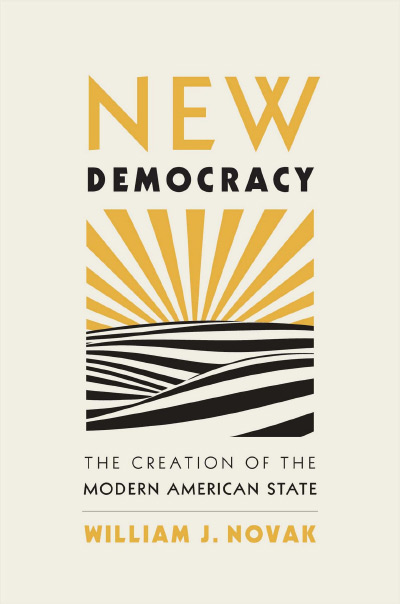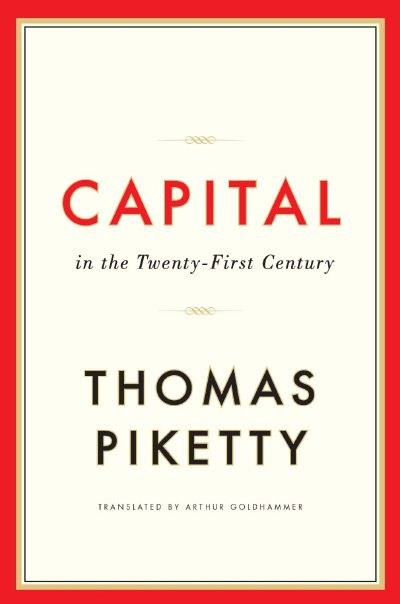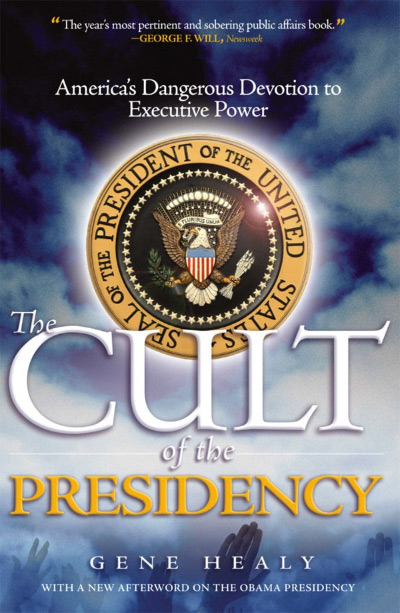The current political climate across Western democracies, in particular the United States, has been one marked by increasing ideological polarization. Given this phenomenon, How Democracies Die is an important work of admonition against a particular tragedy of democracy. As the authors eloquently write, the “tragic paradox of the electoral route to authoritarianism is that democracy’s assassins use the very institutions of democracy—gradually, subtly, and even legally—to kill it” (p. 8). How Democracies Die provides a message that is simple, yet not simplistic, and timely, but (hopefully) not too late.
Authors Steven Levitsky and Daniel Ziblatt begin by motivating their inquiry with an interesting phenomenon. Since the end of the Cold War, most democracies have not been overthrown externally by violent military coups, but internally through the ballot box and the subsequent capture of political institutions by autocrats. Though history doesn’t repeat itself, “it rhymes” (p. 10), and particularly alarmed by the recent election of Donald Trump, the authors wish to uncover similar patterns, or “rhymes” as they would put it, of institutional erosion across democracies both in the distant and more recent past, including Venezuela, Turkey, and Hungary.
What provokes, or initiates, this erosion of democratic institutions? Similar to the argument advanced by Robert Higgs in Crisis and Leviathan: Critical Episodes in the Growth of American Government (New York: Oxford University Press, 1987), the seeds of authoritarianism are sown during crisis. “One of the great ironies of how democracies die,” Levitsky and Ziblatt state, “is that the very defense of democracy is often used as a pretext for its subversion” (p. 92), in which elected autocrats use economic crises, wars, or terrorist attacks “to justify antidemocratic measures” (p. 93). Historical examples illustrating this point include not only the rise of Adolf Hitler in Germany, but also more recently Alberto Fujimori in Peru and Hugo Chávez in Venezuela. Like any game, democratic governance is built upon rules, both formal and informal. However, crises are often utilized by nascent demagogues to bend, or otherwise change, the rules of the game for their own political expediency. In each of these cases, establishment politicians overlooked the warning signs and opened the door for the ascension of such demagogues.
The four key indicators, or behavioral warning signs, of authoritarian behavior that Levitsky and Ziblatt outline are (1) the rejection, in words or action, of the democratic rules of the game, (2) the denial of the legitimacy of political opponents, (3) toleration or encouragement of violence, and (4) a willingness to curtail civil liberties of opponents, including the media (pp. 21-24). According to the authors, we should be wary of the fact that Trump exemplifies each of these characteristics (pp. 65-67).
Until 2016, the American democratic system has able to withstand such unabashed authoritarian tendencies and exclude overt demagoguery in two ways, both formal and informal. Until the rise of Trump, the gatekeepers of democracy (p. 37), such as the leaders and bosses of political parties, have effectively marginalized extremists from their parties, both on the left, such as former Governor and Senator of Louisiana, Huey Long, as well as on the right, such as Senator of Wisconsin, Joseph McCarthy. However, as Levitsky and Ziblatt argue, democracy cannot survive through formal political channels alone. “Democracies do have written rules (constitutions) and referees (the courts). But these work best, and survive longest, in countries where written constitutions are by their own unwritten rules of the game” (emphasis original, p. 101), these unwritten rules being what Levitsky and Ziblatt refer to as “the soft guardrails of democracy” (p. 101).
Two crucially important informal norms that the authors highlight, and explain the robustness of American democracy, are (1) mutual toleration and (2) institutional forbearance. The first norm refers to the acknowledgement of the legitimacy of one’s political opponents to compete for power through the democratic process, so long as they play within constitutional rules (p. 102). Mutual toleration excludes the use, or even encouragement, of threats and violence to bar political opponents from competing for office. The second norm is closely related to the rule of law; institutional forbearance means that elected officials cannot exercise legal action that intentionally privileges one group of individuals at the expense of another. For example, the passage of poll taxes or literacy tests, as occurred throughout the post-Reconstruction South, was generally applied across the population, making no reference to race. However, Southern states passed these laws knowing the intended effect would be to disenfranchise African Americans, who voted overwhelmingly Republican, and therefore restore the Democrats’ dominance in the South. This example was a violation of institutional forbearance: though it was rule by law, it was not rule of law.
The reversal of these antidemocratic measures via the Civil Rights Act of 1964 and Voting Rights Act of 1965, according to Levitsky and Ziblatt, had a polarizing by-product, generating a partisan realignment among Republicans and Democrats along ideological lines. “With the disappearance of conservative Democrats and liberal Republicans” after this realignment, “areas of overlap between the parties gradually disappeared” (p. 169). What has further fueled this political polarization, generating an erosion of democratic norms, was the emergence of a system of presidential primaries. “Beginning in 1972, the vast majority of the delegates to both the Democratic and Republican conventions would be elected in state-level primaries and caucuses” (p. 50). This shift in the political selection process meant that the “path to nomination no longer had to pass through the party establishment. For the first time, the party gatekeepers could be circumvented—and beaten” (p. 51). By placing presidential nominations increasingly in the hands of voters, it eroded the preexisting peer-review process of candidates, opening the door to political outsiders. These formal changes, combined with the rise of social media (p. 56), would unleash a set of political dynamics, according to Levitsky and Ziblatt, in which each party would increasingly cater to their ideological base, from which a populist candidate like Donald Trump could emerge, unreliant on the political establishment and with complete disregard of democratic norms. Even if Trump’s presidency does not break the “hard guardrails,” or the formal institutions of our constitutional republic, by eroding the informal democratic norms of mutual tolerance and institutional forbearance, “he has increased the likelihood that a future president will” (p. 203).
With the institutional erosion of democratic norms, what political lessons can we draw from How Democracies Die? Given our polarized political environment, how can we save democracy from itself? “Where institutional channels exist,” Levitsky and Ziblatt state, “opposition groups should use them” (p. 217). That is because the use of extralegal means and other political measures to oppose a potential demagogue will only generate a set of consequences that are undesirable to proponents of democracy, namely to increase political polarization and legitimize the erosion of the rule of law by further stripping democracy of its remaining protective guardrails. Therefore, opposition to authoritarian tendencies in democracy “should seek to preserve, rather than violate, democratic rules and norms” (p. 217).
This all implies that the reduction of political polarization requires that political parties escape the clutches of special-interest groups, as the authors argue (p. 223). However, the elimination of political polarization fundamentally requires the elimination of political discretion, the basis upon which interest groups not only lobby for special privileges, but also the basis upon which authoritarianism is built. As Levitsky and Ziblatt argue, most “elected autocrats begin by offering leading political, business, or media figures public positions, favors, perks, or outright bribes in exchange for their support or, at least, their quiet neutrality” (pp. 81–82). Therefore, the road to authoritarianism can only be prevented if political parties are prevented from writing laws and offering privileges that are intended to benefit one interest group at the expense of another. To quote F.A. Hayek’s The Road to Serfdom, Fiftieth Anniversary Edition (Chicago: University of Chicago Press, 1994, p. 79), if “democracy resolves on a task which necessarily involves the use of power which cannot be guided by fixed rules, it must become arbitrary power.”
How Democracies Die is both an important and interesting work of political science, and contains many implicit, yet important themes that complement those from Constitutional Political Economy, Public Choice, and Austrian Economics. These themes include the importance of a dual level of institutional analysis, the capture of political institutions by politicians, the dynamics of interventionism, and the importance of congruence, or “stickiness” between formal democratic institutions and informal democratic norms (see Peter J. Boettke, Christopher J. Coyne, and Peter T. Leeson, “Institutional Stickiness and the New Development Economics,” American Journal of Economics and Sociology 67 [April 2008]: 331-358). Scholars working across these traditions will certainly find much to learn, unpack, and develop from reading How Democracies Die.
| Other Independent Review articles by Rosolino A. Candela | ||
| Spring 2024 | Yoram Barzel: Property Rights, Political Economy, and the Reorganization of Economic Analysis | |
| Fall 2023 | Israel M. Kirzner and the Entrepreneurial Market Process: An Appreciation | |
| Spring 2023 | The Creation of Knowledge in Society: Waste Defined by Property and Exchange | |
| [View All (5)] | ||

